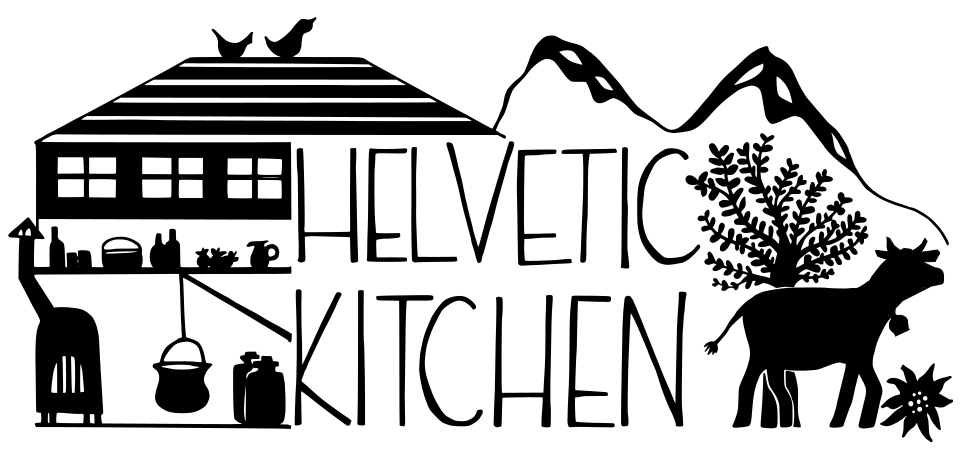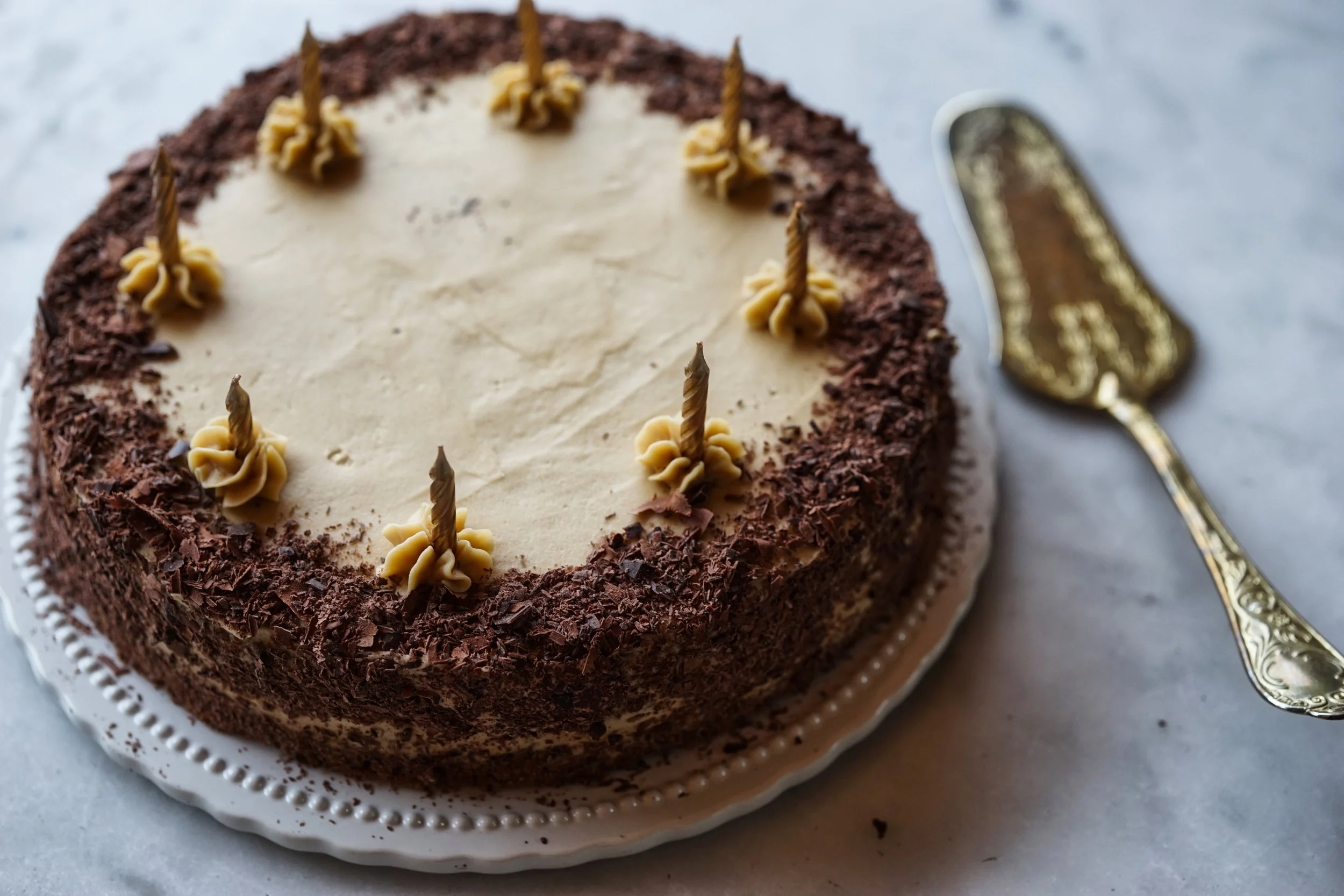Berner Platte
The 5 March, 1798, was truly a day to celebrate for two reasons: the outnumbered Bernese army defeated the French at Neuenegg, and more importantly, the Berner Platte, a feast platter of epic proportions, was born.
A Feast Platter for the Victorious!
After the battle, came the feasting. With usual Swiss efficiency, the townspeople and farmers brought forth everything they had preserved in their storehouses throughout the winter. Choice Bernese sausages, smoked pork, tongue, and other fine meats all occupied a place on the platter, which was garnished with potatoes, sauerkraut, and dried green beans.
(The celebrations wouldn’t have lasted too long however, because on the very same day, less than 30 kilometres north and despite valiant attempts, the Bernese army lost the Battle of Grauholz and succumbed to the French.)
The original, with all the trimmings, would have looked something like this:
The flag of Bern
Here are some of the most typical meats you’d find on a Berner Platte nowadays:
Clockwise from top left: Speck (smoked bacon), Siedfleisch (boiling beef), Berner Zungenwurst (pork and beef sausage), Rippli (smoked pork loin).
And all the trimmings:
Making some version of the Berner Platte at home takes some time, but it isn’t particularly difficult and the results are definitely worthwhile.
The ingredients are easy to find in the canton of Bern and most other regions of Switzerland, and even if you can’t get your hands on traditional Bernese Zungenwurst, you can substitute another kind of sausage.
You can also eat Berner Platte at many restaurants in the canton (or Berner Teller as it is also called on many menus, denoting a plate rather than platter). Some have it as a special during certain times of year and a others have it year round, like the Kreuz in Wohlen, who call themselves Berner Platte pioneers, and the lovely Löwen in Heimiswil.
For the meat
1 each carrot, leek, and celery, chopped
bay leaf
5 cloves
500 g Siedfleisch (boiling beef)
1 smoked cow’s tongue (optional)
knob of butter
onion, chopped
250 ml white wine
500 g raw sauerkraut
4 juniper berries, smashed
500 g Rippli (smoked pork loin)
500 g Speck (smoked bacon)
500 g Berner Zungenwurst (pork and beef sausage)
For the potatoes
1 kg waxy (festkochend) potatoes
1 tsp salt
For the beans
150 g Dörrbohnen (dried green beans)
1 tbsp butter
half an onion, minced
For the meat
Fill a large pot with water, add the vegetables and seasonings and bring to a boil. Lower the heat, add the Siedfleisch and tongue and simmer for about two hours.
Meanwhile, in another large pot, melt the butter, then add the onion and fry until softened. Add the wine, bring to a boil, and then add the sauerkraut and juniper berries. Lay the Rippli and Speck on top, cover, and cook on low for about an hour. Then add the Berner Zungenwurst to the sauerkraut and continue to cook for an additional 30 minutes.
For the potatoes
Scrub and peel your potatoes, removing any sprouted bits and green spots. You can leave them whole or cut them into halves or quarters if they are very big.
In a large pot, bring a litre of water to a boil and add 1 tsp salt and the peeled potatoes (the water should just cover them).
The cooking time will really depend on the size and variety of your potatoes, though it will generally take around 15 minutes. The best test is to prick them with a sharp knife and when they easily slide off the knife they are cooked.
Once the potatoes are cooked, drain the water and let them sit in the pot until you are ready to serve. (If desired, you can add a little butter).
For the beans
Cook in simmering, unsalted water for about 30 minutes. Drain and rinse with cold water.
Fry the onion in a bit of butter, add the beans, and cook for an additional 20 minutes.
To serve
Remove the Siedfleisch and tongue from the liquid and slice (if desired, you can use the leftover boiling liquid as stock, just season to your liking).
Remove the Rippli, Speck and Zungenwurst from the pot and slice.
Remove the juniper berries from the sauerkraut and plate the sauerkraut on a large platter. You can plate the meat on top, or on the side, then add the beans and the potatoes.
Feast!
This recipe would comfortably serve a squad of ten, though the cooked meats keep well in the fridge and make for excellent leftovers or additions to other meals.
Aim for about 200 g meat per person.
Don’t forget to remove the juniper berries before serving!
The Swiss potato website kartoffel.ch lists all their festkochend, waxy, potatoes highlighting the best to use for Salzkartoffeln.
Want to know more about the Berner Zungenwurst (not least that despite the name, it doesn’t actually contain tongue)? Check out this article (in German).
Another Bernese classic?
Meitschibei
















